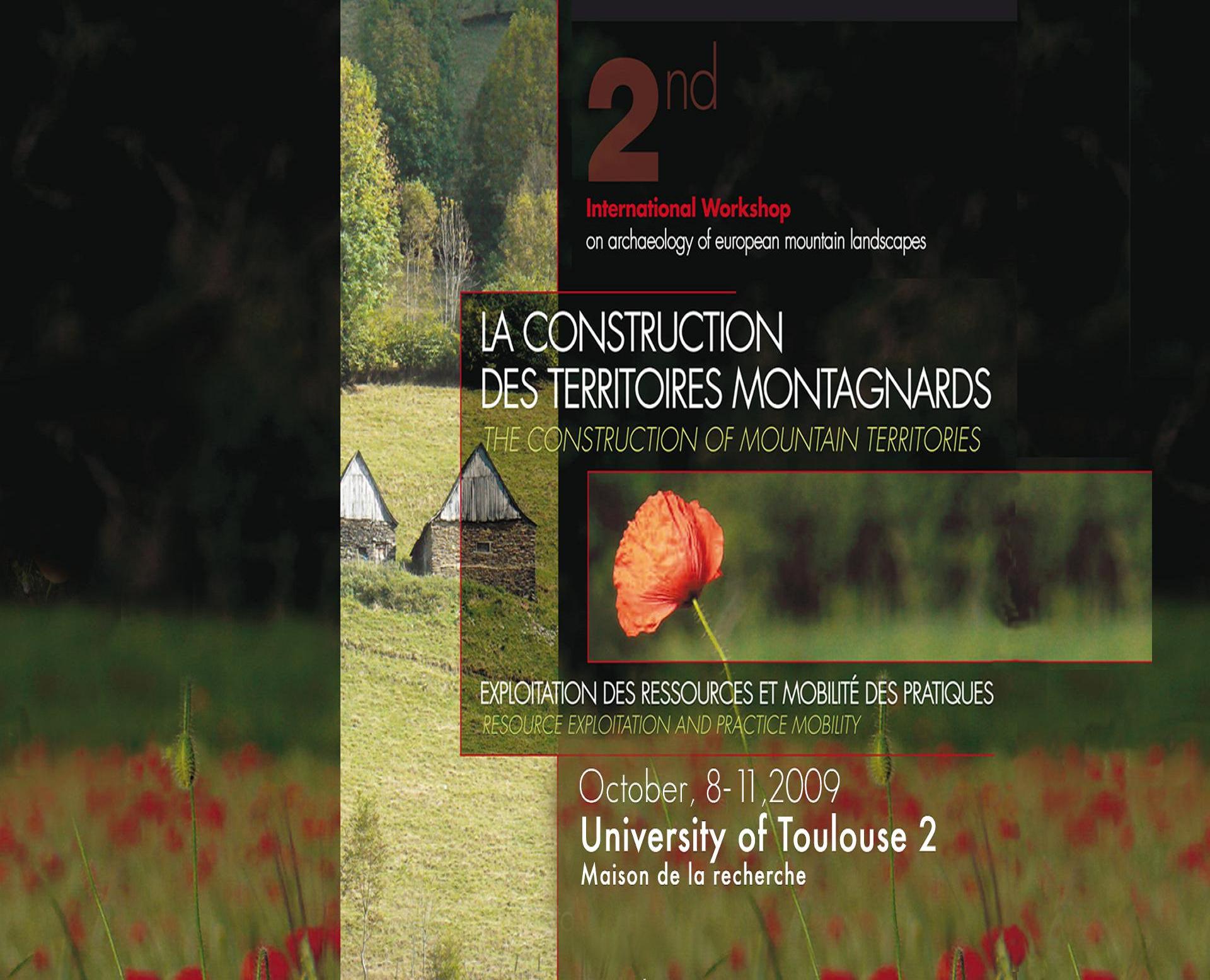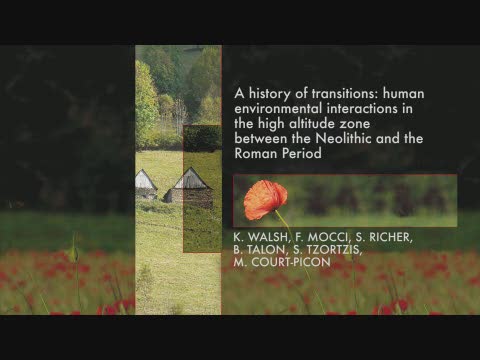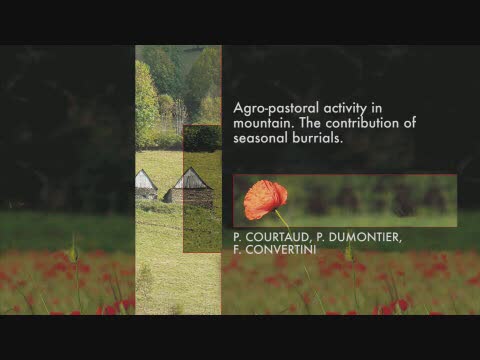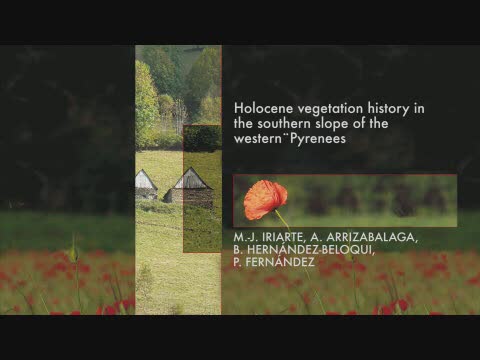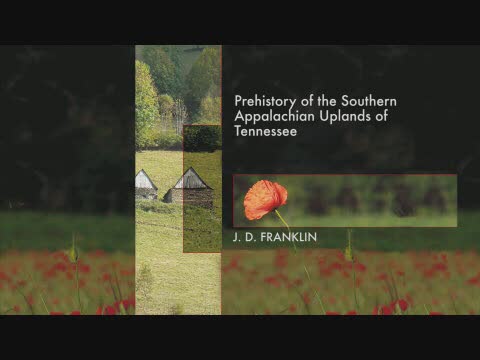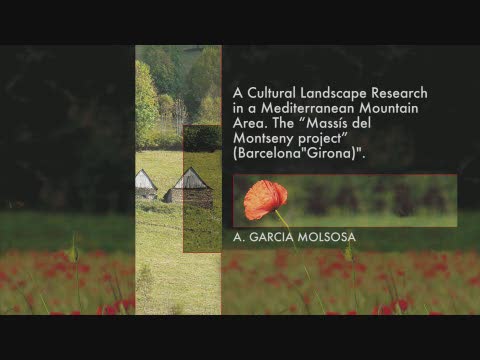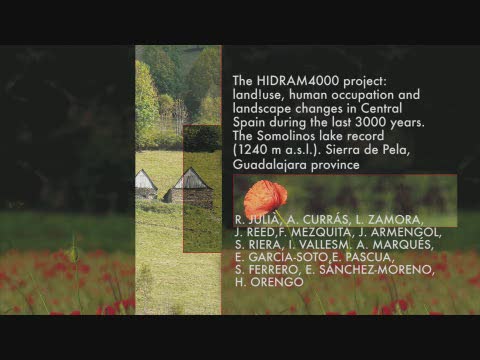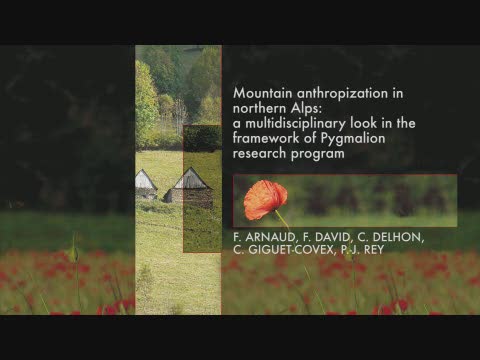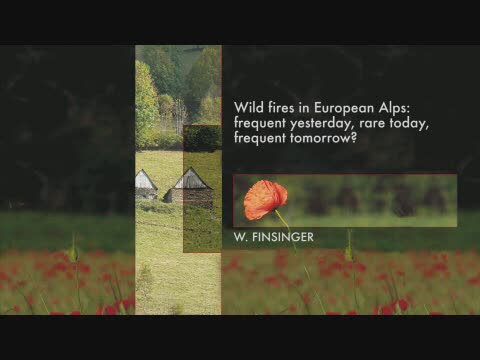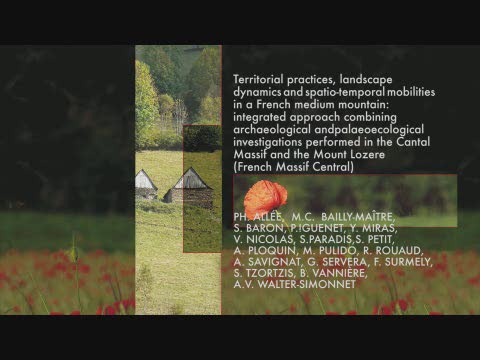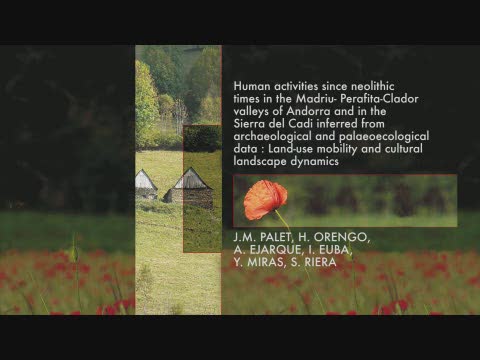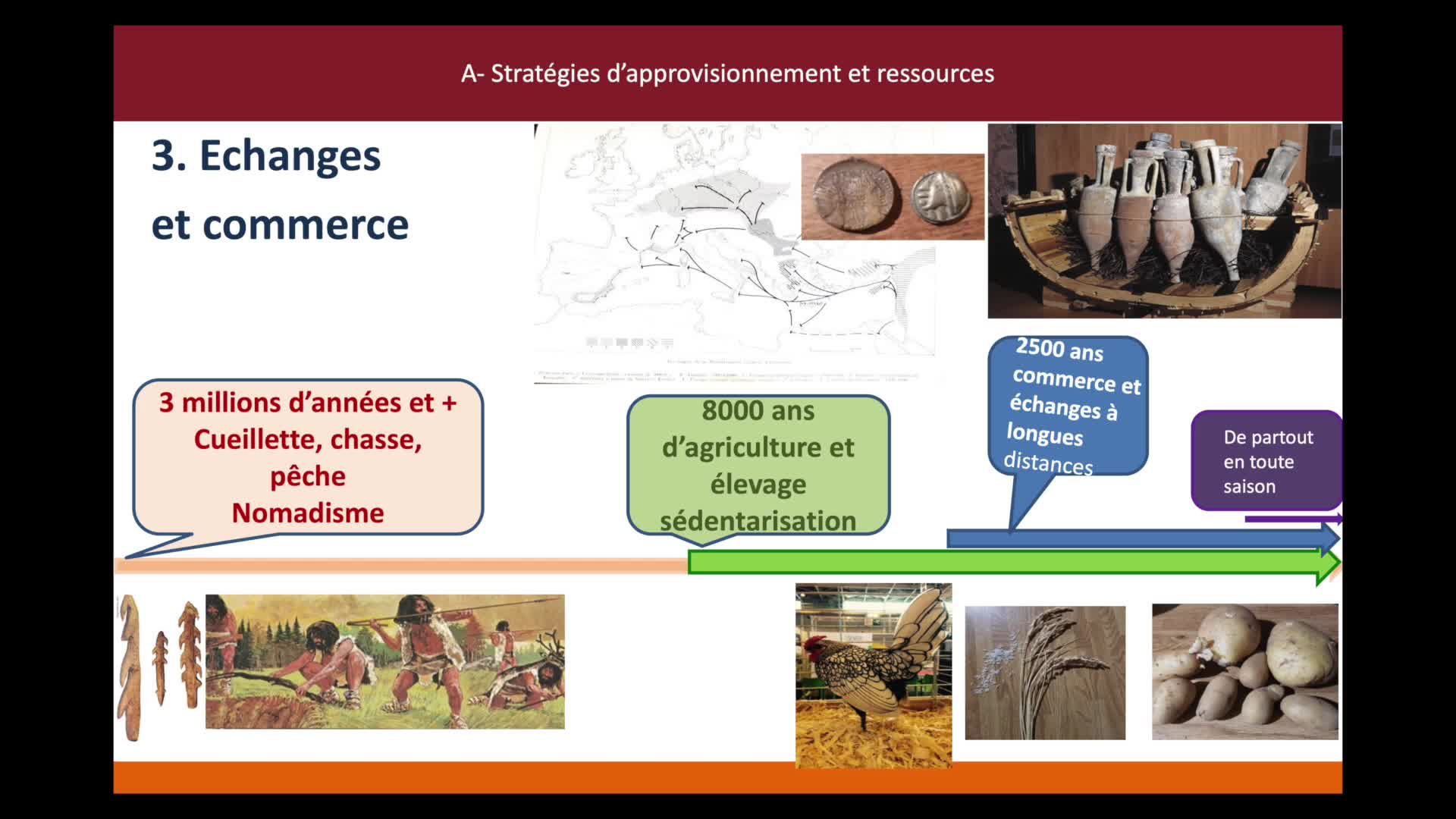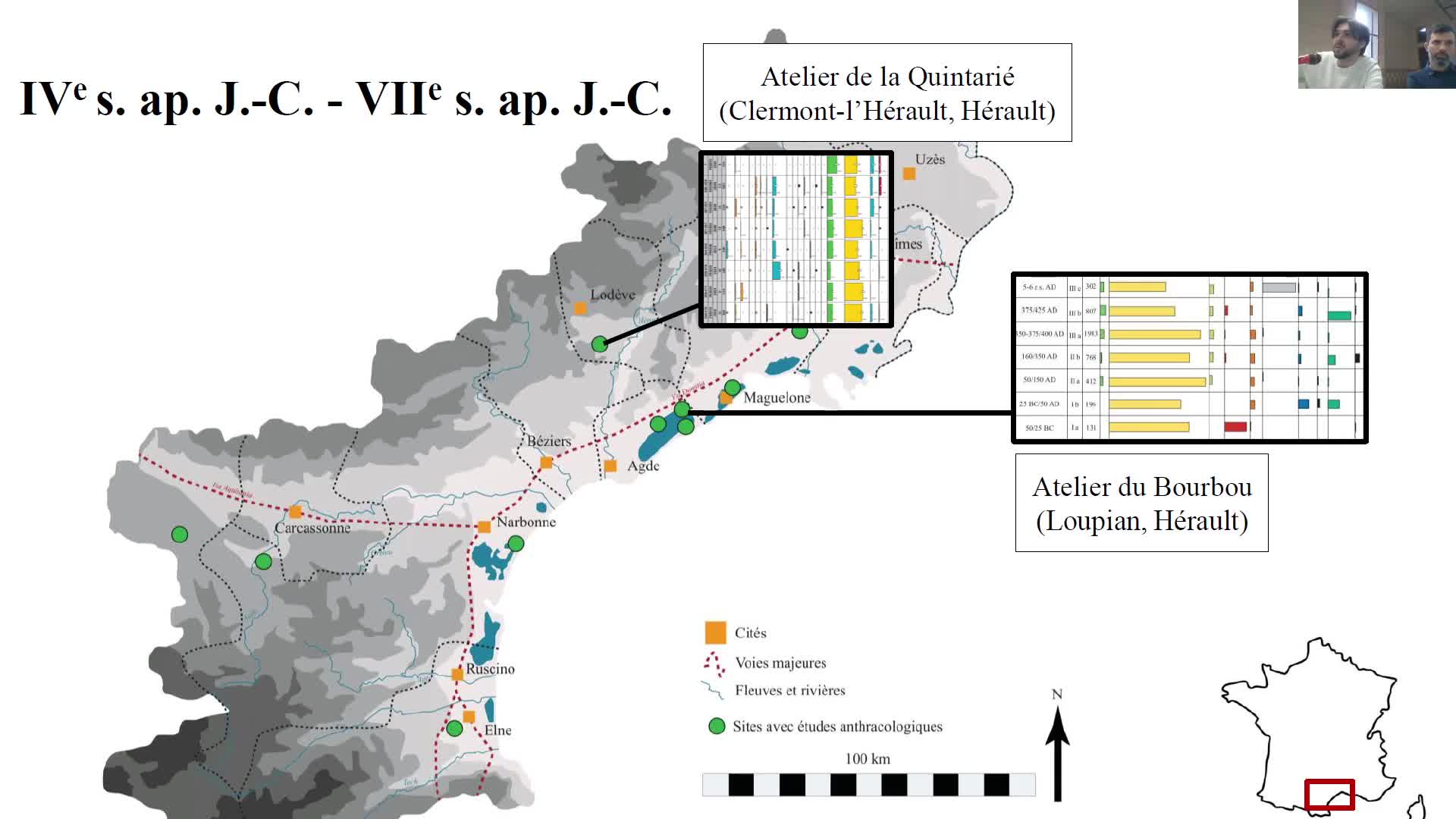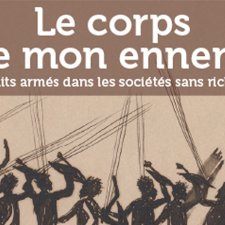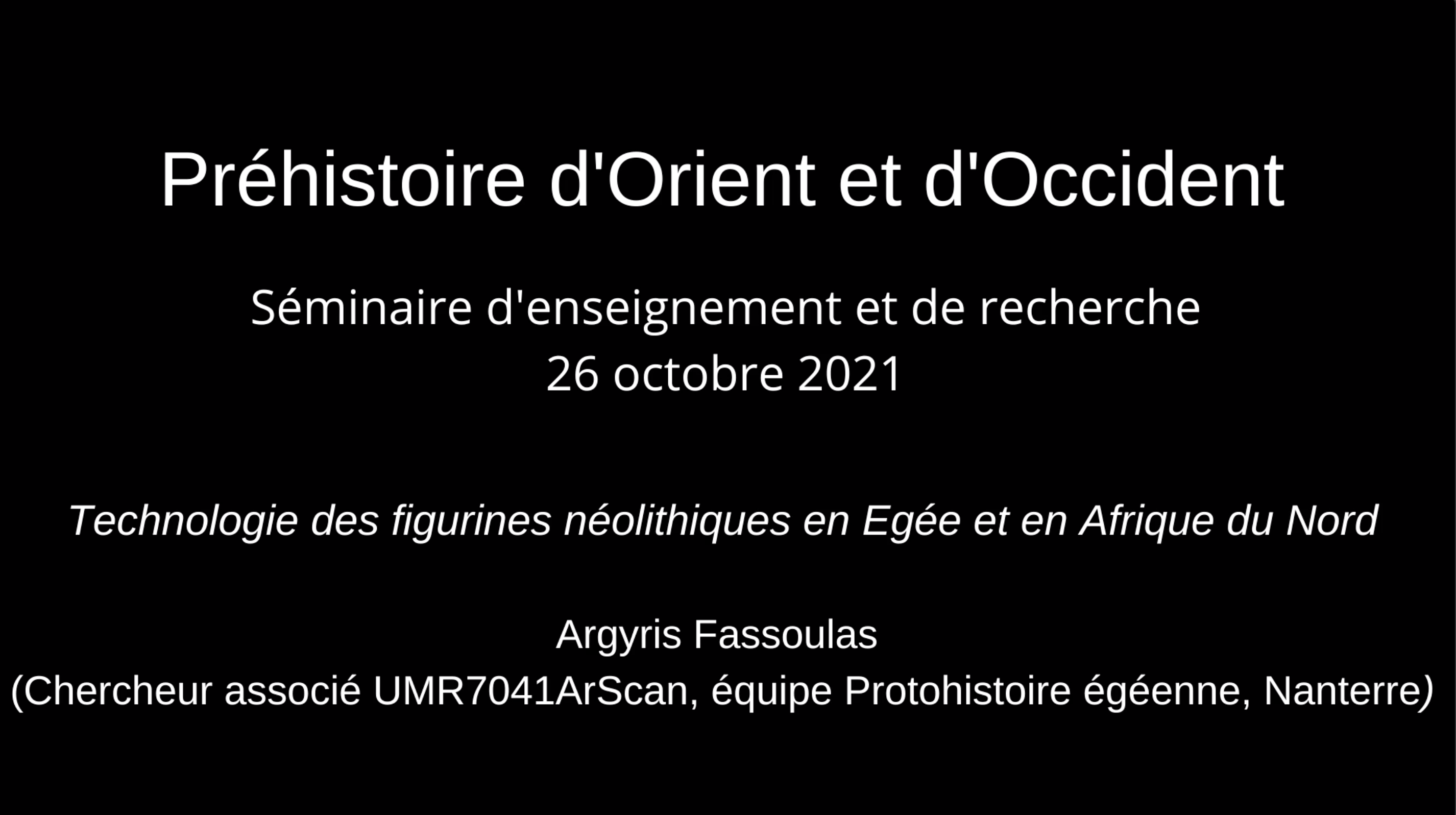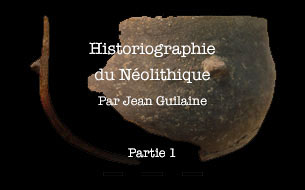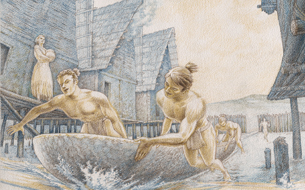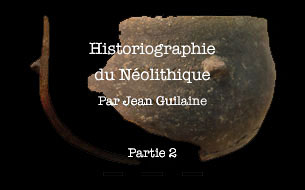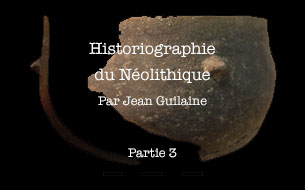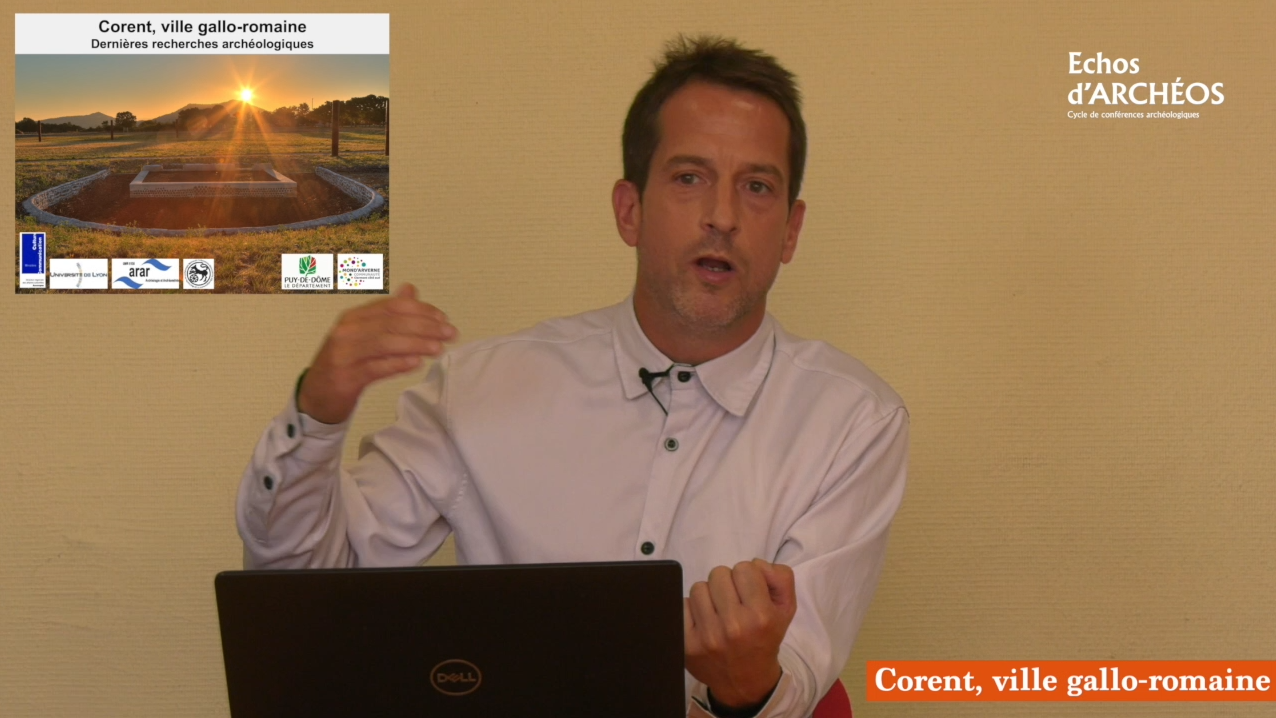Notice
Exploitation of natural vegetal resources in chalcolithic areni-1 cave (Armenia) / R. Hovsepyan
- document 1 document 2 document 3
- niveau 1 niveau 2 niveau 3
Descriptif
Exploitation of natural vegetal resources in chalcolithic areni-1 cave settlement (Armenia). Roman HOVSEPYAN ovsepyan, Roman. In "La construction des territoires montagnards : exploitation des ressources et mobilité des pratiques", 2e International Workshop on archaeology of european mountain landscape, organisé par les laboratoires GEODE, FRAMESPA, GEOLAB et Chrono-Environnement. Université Toulouse 2-Le Mirail, 8-11 octobre 2009. [seconde journée]
Recently discovered Areni-1 archaeological site is situated in karstic cave at Arpa River canyon, Armenia, on altitude 1000m above sea level. The climate of the cave region is very dry and the vegetation is represented with dry steppes and xerophile rare forests. The cave also is characterized by very dry conditions, which result excellent preservation of organic material inside the cave. As almost nothing was destroyed in the cave during Holocene, the assemblage of recovered vegetal remains and taxa is very diverse: more than 40 Seed Plants already were identified amongst uncountable vegetal remains (desiccated and charred). The most of recovered plant remains are originated from Chalcolithic contexts (dated with end of V-beginning of IV millennia calibrated BC).
Chalcolithic period of Caucasus is characterized with developed agriculture, which main direction was cultivation of free-threshing cereals. Situation of Areni-1 differs from general. Field-crops cultivated in Areni-1 ar almost the same as in other Chalcolithic sites : naked bread wheat (Triticum aestivum), emmer (T. dicoccum), hulled and naked barleys (Hordeum vulgare), as well as lentil (Lens culinaris) and grass pea (Lathyrus sp.), but they are very few in comparison with recorded trees and shrubs. The weeds, recovered in Areni-1, also are common for Chalcolithicperiod of the region: species of Buglossoides, Lithospermum, Vaccaria, Ranunculus, Galium, Polygonum, Camelina, Alyssum, Thlaspi, Scrophularia, Althaea, etc.Against of situation with field-crops, edible arboreal speciesare numerous in the site. Large quantities of Chalcolithic desiccated fruits, nutstones and seeds of hackberry (Celtis sp.), plums (Prunus spp.), cherries (Cerasus sp., C. incana, C. cf. mahaleb), almonds (Amygdalus spp.), hawthorn (Crataegus sp.), roses (Rosa spp.), blackberry (Rubus sp.), pear (Pyrus sp.), oleaster (Elaeagnus angustifolia), walnut (Juglans regia), juniper (Juniperus sp.,seeds), caper (Capparis spinosa), grape (Vitis vinifera) are recovered in Areni-1 cave. Majority of above mentioned woody and shrubby plants are common elements of rare xerophile forests of Daralagez floristic region, where the cave is situated, and have large biological diversity there. Only exceptions could be the walnut and the grape, wild exemplars of which now growing in discussed region are considered as wilded cultigens. Modern Areni is known as region with high developed horticulture (grape, apricot, peach, plums, cherries, apple, pear, etc.).
It is known that prehistoric communities’ existence highly depended from natural resources. In late prehistoric (Pottery Neolith–Eneolith) period of South-Eastern European communities this dependence from natural resources was intermediated with exploitation of territories mostly via agriculture, which accompanied with some gathering and sometimes also with some viticulture and horticulture, as well as animal husbandry accompanied with hunting. In case of Areni-1 Chalcolithic settlement situation is another; the main direction to get vegetal meal is gathering (cultivation?) of available trees’ and shrubs’ fruits and seeds instead of field agriculture, which has been pushed to secondary plan. This can be explained with presence of only very limited space, narrow river bank zone (flat bottom of the canyon), where irrigation and consequently field agriculture was possible in Chalcolithic period.
The case of Chalcolithic Areni-1 site is good example, where the community’s plant economy has been modified according to specific abiotic (relief, climate) and biotic factors (vegetation) of the environment.
Intervention / Responsable scientifique
Dans la même collection
-
La construction des territoires montagnards : exploitation des ressources et mobilité des pratiques…
GalopDidierThe occupation and the exploitation of mountain environments, both during conquest and maximum demographic phases, or on the contrary, during desertification phases, differ in geographical
-
Human environmental interactions in high altitude zone between Neolithic and roman period / K. Walsh
WalshKevinA History of Transitions : human environmental interactions in the high altitude zone between Neolithic and roman period. Kevin WALSH. In "La construction des territoires montagnards : exploitation
-
L'agro-pastoralisme en milieu montagnard : l'apport des sépultures saisonnières / Patrice Courtaud
CourtaudPatriceL'agro-pastoralisme en milieu montagnard : l'apport des sépultures saisonnières. Patrice COURTAUD. In "La construction des territoires montagnards : exploitation des ressources et mobilité des
-
L'évolution végétale holocène sur le versant sud des Pyrénées occidentales / Maria-José Iriarte
IriarteMaría JoséL'évolution végétale holocène sur le versant sud des Pyrénées occidentales. Maria José IRIARTE. In "La construction des territoires montagnards : exploitation des ressources et mobilité des pratiques"
-
Prehistory of the Southern Appalachian uplands of Tennessee / Jay Franklin
FranklinJay D.Prehistory of the Southern Appalachian uplands of Tennessee. Jay FRANKLIN. In "La construction des territoires montagnards : exploitation des ressources et mobilité des pratiques", 2e International
-
A cultural landscape research in a mediterranean mountain (Barcelona-Girona) / A. Garcia Molsosa
Garcia MolsosaArnauA cultural landscape research in a mediterranean mountain area : the "Massis del Montseny project" (Barcelona-Girona) / A. GARCIA MOLSOSA. In "La construction des territoires montagnards :
-
The Hidram4000 project : land use, human occupation and lanscape changes in Spain / A. Curras
Currás DominguezAndresThe Hidram4000 project : land use, human occupation and lanscape changes in Spain during the last 3000 years. The Somolinos lake record (1240 M A.S.L.) : Siera de Pela, Guadalajara Province. Andres
-
Mountain anthropization in Alps : a multidisciplinary look in the Pygmalion program / F. Arnaud
ArnaudFabienMountain anthropization in Alps : a multidisciplinary look in the framework of Pygmalion research program. Fabien ARNAUD. In "La construction des territoires montagnards : exploitation des ressources
-
Wildfires in european alps : frequent yesterday, rare today, frequent tomorrow ? / W. Finsinger
FinsingerWalterWildfires in european alps : frequent yesterday, rare today, frequent tomorrow ?. Walter Finsinger. In "La construction des territoires montagnards : exploitation des ressources et mobilité des
-
Territorial practices, landscape dynamics and mobilities in a french mountain / P. Allée, Y. MIras
AlléePhilippeMirasYannickTerritorial practices, landscape dynamics and spatio-temporal mobilities in a french medium mountain : integrated approach combining archaeological and paleoecological inverstigations performed in the
-
Exploitation des vallées andorranes depuis le Néolithique/ J.-M. Palet Martinez, H. Orengo Romeu
Palet i MartínezJosep M.Orengo RomeuHèctor A.L'exploitation des ressources des vallées andorranes du Madriu-Perafita-Claror et de la chaîne du Cadi (Pyrénées orientales) depuis le Néolithique à partir des données archéologiques et
-
New data about the human occupation, environmental history, landscape changes in Pyrenees / Emengol…
Gassiot BallbèErmengolThe Excava project : new data about the human occupation, environmental history and landscape changes in southern Pyrenees. Emengol GASSIOT BALLBE. In "La construction des territoires montagnards :
Sur le même thème
-
Les grandes étapes de l’alimentation, du Paléolithique à l’époque gauloise
FlouestAnneAnne Flouest, géologue et docteure en paléoclimatologie, revient sur l’étonnante évolution des usages alimentaires du Paléolithique à l’époque gauloise.
-
Approvisionner le feu en bois. Regard anthracologique sur l’exploitation du Bois des Lens et les us…
VaschaldeChristopheChardonneau-HenneuseJulienApprovisionner le feu en bois. Regard anthracologique sur l’exploitation du Bois des Lens et les usages du combustible par les potiers de l’Antiquité tardive.
-
Les massacres de masse dans le Néolithique centre-européen (5200 - 4000 BC). Un état de la question
JeunesseChristianDepuis la retentissante et inaugurale découverte du dépôt humain de Talheim, en 1983, les fouilles de structures renfermant des groupes d’individus décédés de mort violente se sont multipliées dans le
-
Building and belonging: architecture and memory in neolithic orkney
EdmondsMark R.Talk by Mark EDMONDS, (Archeologie, York), as part of the workshop "Memory, Place, and Material Culture", organized by John SUTTON, 2022-2023 research fellow at the Paris IAS, Emeritus Professor at
-
L’Alimentation des premiers agriculteurs-éleveurs au Néolithique
GoudeGwenaëlleL'invitée de cette émission est Gwenaëlle Goude anthropobiologiste et bioarchéologue, chargée de recherche CNRS au LAMPEA (Laboratoire méditerranéen de Préhistoire Europe et Afrique), laboratoire de
-
Technologie des figurines néolithiques en Egée et en Afrique du Nord
FassoulasArgyrisIntervention (podcast) de Argyris Fassoulas (Chercheur associé UMR 7041 ArScan, équipe Protohistoire égéenne, Nanterre) dans le cadre des séminaires du cycle " Sciences pour l’Archéologie :
-
Historiographie du Néolithique. 1 / Jean Guilaine
GuilaineJeanCe séminaire relate la mutation de la recherche préhistorique au cours des quatre dernières décennies, et plus précisément l’histoire de la recherche néolithique française qui est celle d’une
-
Les palafittes préhistoriques de Chalain et Clairvaux (Jura), patrimoine de l’humanité
Greffier-RichardAnnickLourdaux-JuriettiSylvieAnnick Greffier-Richard (DRAC de Bourgogne-Franche-Comté, service régional de l’archéologie) et Sylvie Lourdaux-Jurietti (musée de Lons-le-Saunier) ont donné une conférence dans le cadre du cycle
-
Alfredo Mayoral - « Gergovie : nouvelles recherches géoarchéologiques et paléoenvironnementales »
Le jeudi 16 septembre 2021, à 20h30, sur Facebook, Page Musée de Gergovie, Alfredo Mayoral, géoarchéologue, à l'Institut Catalan d’Archéologie Classique et à GEOLAB (UMR 6042 CNRS / UCA UNILIM), a
-
Historiographie du Néolithique. 2 / Jean Guilaine
GuilaineJeanCe séminaire relate la mutation de la recherche préhistorique au cours des quatre dernières décennies, et plus précisément l’histoire de la recherche néolithique française qui est celle d’une
-
Historiographie du Néolithique. 3 / Jean Guilaine
GuilaineJeanHistoriographie du Néolithique. 3 / Jean Guilaine, in "Derniers chasseurs-cueilleurs et premiers paysans : la fin de la Préhistoire en Europe", webdocumentaire réalisé dans le cadre des appels à
-
MATTHIEU POUX - « CORENT, VILLE GALLO-ROMAINE. DERNIERES RECHERCHES ARCHEOLOGIQUES »
Le jeudi 17 juin 2021, à 20h30, la page Facebook du Musée Archéologique de la Bataille de Gergovie, l’archéologue Matthieu Poux, professeur d'archéologie romaine et gallo-romaine (Université Lumière


